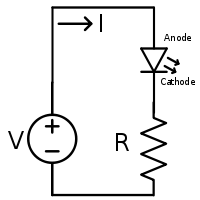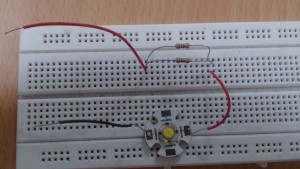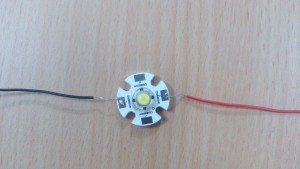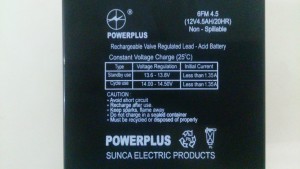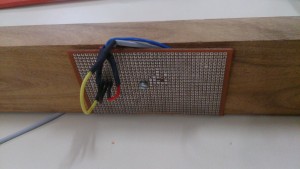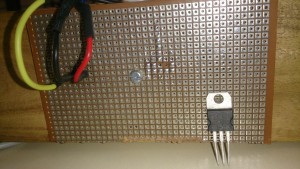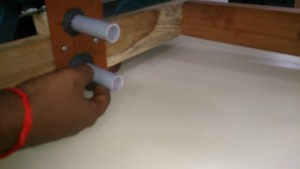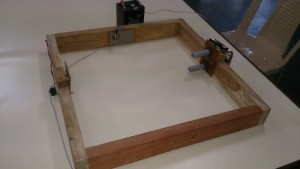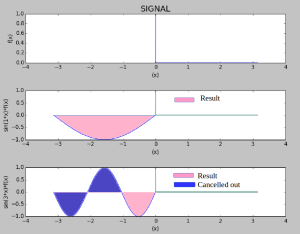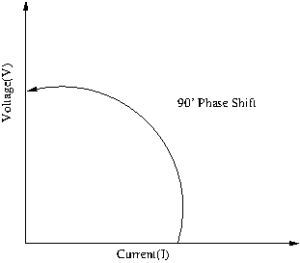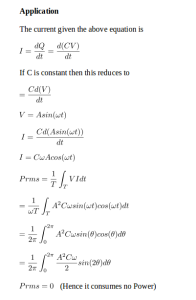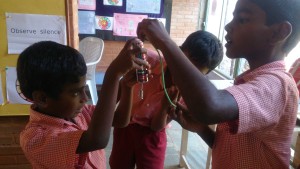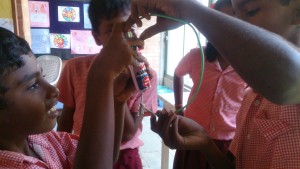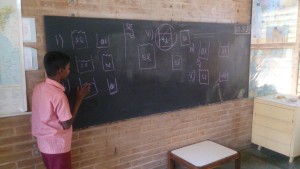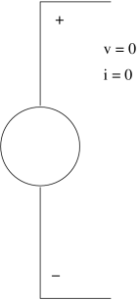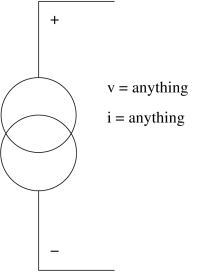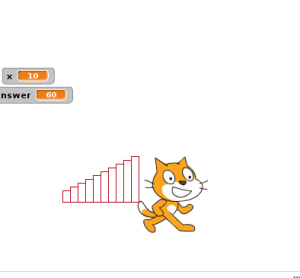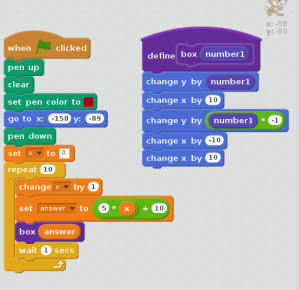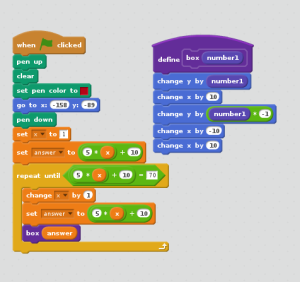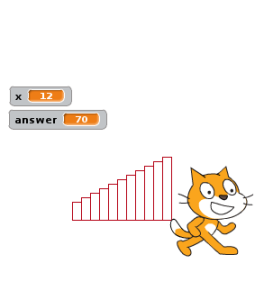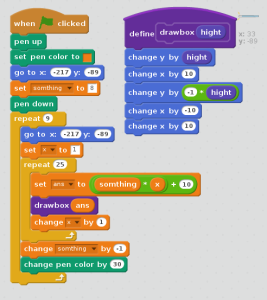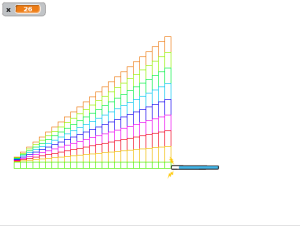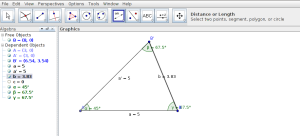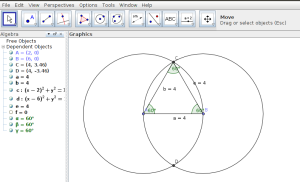To me, workshop simply means learning new technologies and technical tools (as I only attended technical workshops) . Stewardship for a New Emergence (by Monica Sharma) was totally new for me & gave different experience.
Sometimes, I failed to listen others due to some background conversations in my head. These conversations created misunderstandings in communication. But, I never thought of how I can let it go. I didn’t even noticed this. But this workshop gave a link to think about that. Yes, the primary steps to solve the problem is to start noticing them and making a conscious choice of let it go.
Before attending the workshop, I thought someone will come & give lectures. But what I experienced was something higher . They taught the tools as well as created the environment to practice them with a peer(co participant).
Most case, I used to avoid pin pointing the mistakes in one’s work though it is helpful for them to grow. Because I believed in that i am not good enough to give feedback. This workshop gave some procedure to give feedback for others to grow. It also helped me to see commitments behind the complaints of others and I learnt that the growth happens beyond the comfort zone.
“World is extraordinary and filled with many opportunities. Its all about our perspective of seeing the world. So stand up & open your window to get there where you wished to reach in spite of difficulties that may surround you. And remember, confusion & mistakes are birth place for knowledge & perfection. In the world no one has the power to make me to feel bad without my permission. If I bounded with emotion, it will reduce my energy and can not allow me to further action.” These are the few things I absorbed intensely at workshop & planning to practice in my life.
Most of the things which I learnt in the workshop are not completely new to me or to anyone. But the thing is it stimulates me to think about it consciously which I never did in my past.


